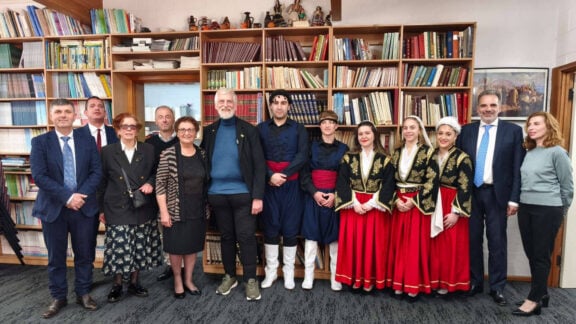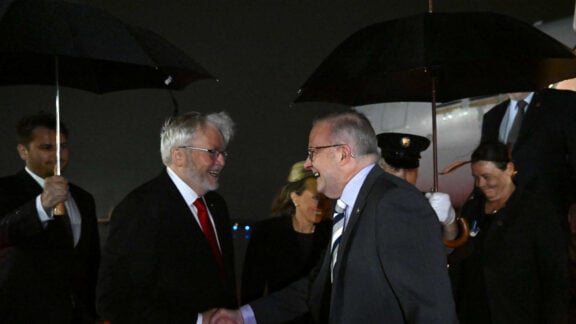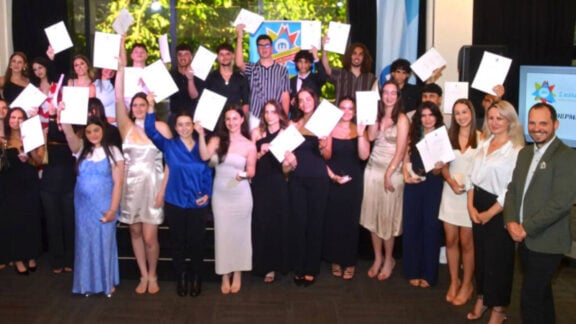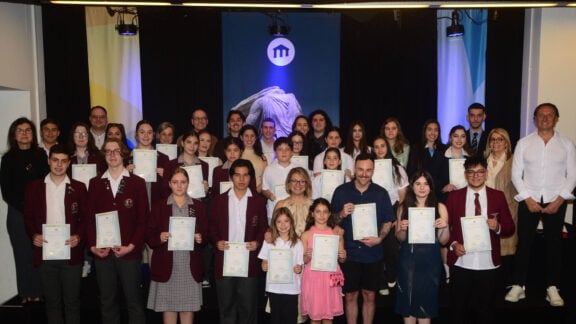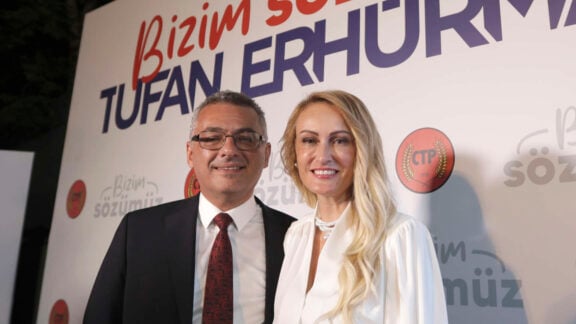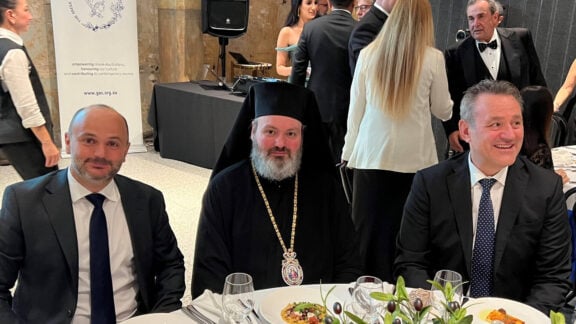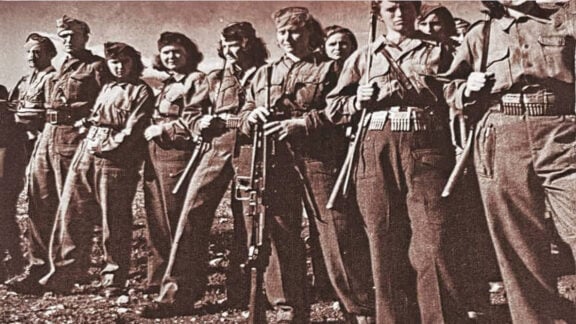Dimitri Antonopoulos has been drawing and sketching all his life as a practice in mindfulness. However, it is the first time he will share his art with a wider audience for a cause. His prints of three of the Parthenon Sculptures will be showcased at the group art exhibition “Antipodean Palette,” organised by the Greek Australian Cultural League.
The exhibition will be launched on Saturday at the Steps Gallery at 2.30 pm.
His aim is to honour the call to return the Parthenon Sculptures that were stolen by Lord Elgin in 1801 and later sold to the British Museum, where they still reside. Antonopoulos also wants to highlight the parallels of this fight to return the sculptures with the efforts to repatriate artefacts belonging to Australia’s First Nations Peoples.
With a career spanning 30 years, helping organisations develop strategy, organisational culture, and leadership teams, Antonopoulos has collaborated often with Indigenous Australian Leadership organisations. They inspired him to explore his Greek heritage and add his voice to the call for the return of the finest surviving examples of ancient Greek art.
“We’re talking about a culture that’s a lot older than the ancient Greek culture, and therefore it’s humbling for these Elders to point out and draw parallels with the Hellenic antiquity. And for me, that was almost like a spark going off. I have a friend who’s an indigenous artist as well, and he also really inspired me to look at it and almost force myself to ask, ‘What am I doing? Why aren’t I actually elevating the conversation? Why aren’t we all, actually?'”
“A lot of the Indigenous elders would draw my attention to the fact that their artifacts have also been stolen and sit in museums without being given back. To be told that they can be ‘borrowed’ is almost beyond an insult. So that’s something that became very important to me in recent years.” He says that this is a conversation he often discusses with his three children.
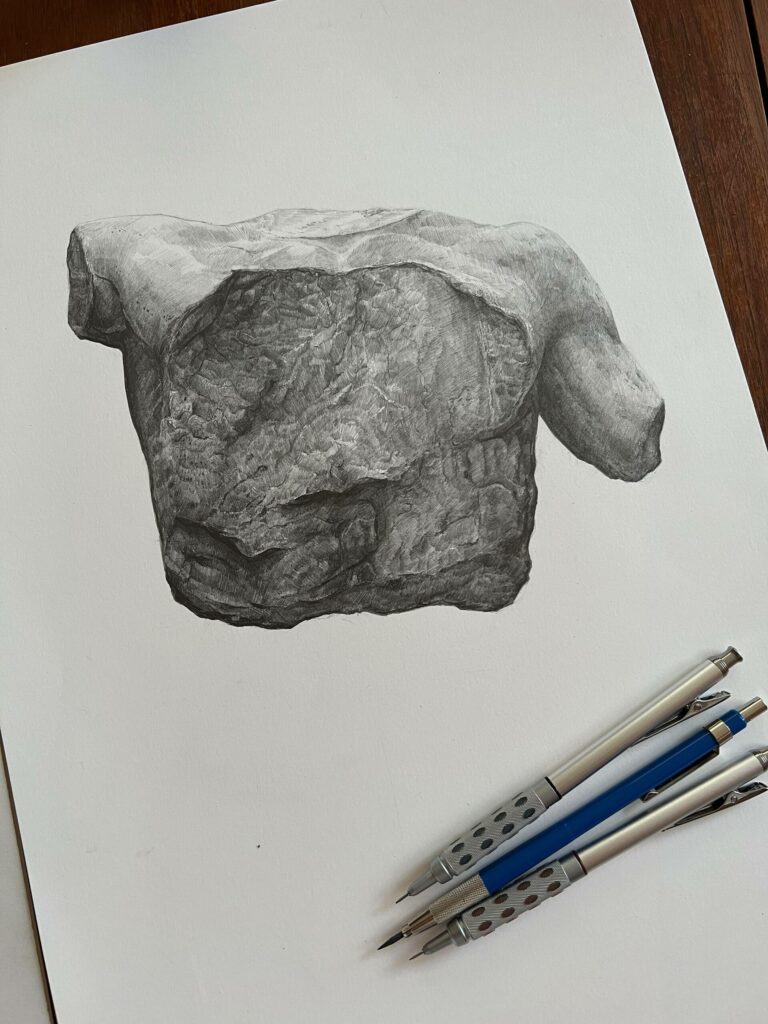
Antonopoulos’ first two detailed illustrations depict the goddesses Hestia of the Home and Iris of the Rainbow, and they will be available for sale in a limited number of prints. He chose to start his series with these two classical works of art because they are the most recognized among the Parthenon Sculptures. He stressed that like many of the mythological figures in the ancient Greek world, Hestia and Iris are depicted as women of strength and feminine power, symbols that we certainly need to promote in our day.
It all started during one of his many visits to Greece in 2019 while walking through Athens and coming across a lone statue of Melina Mercouri, standing strong in a small Athenian park on Vasilisis Amalias Avenue. Finding out more about her as a person, a leader, and a Hellenic voice for the repatriation of these cultural artifacts inspired him to join the campaign to return the Parthenon Sculptures.
“Drawing has always been my mindful activity… something that I do privately, but through the work I have done with Indigenous organisations and being in Athens a few times recently, I thought here is an opportunity to create awareness around something that has been stolen, which is culturally relevant to Greek people around the world. It’s about using my ability to translate something visual, I guess, into something hand-drawn, to create access for others to understand the stories behind each of these stolen artifacts, and that’s what I think is really important. These stolen cultural artifacts need to be discussed, and I think they need to be at the forefront of our minds as Greek people.”
“A lot of the time, especially as I grew up in the 70s and 80s, we were told to almost ignore who we were and to actually listen to somebody else’s story, and we forgot our own story. And my generation did, you know. We forgot our story. So it is a return to who we are,” he says, adding that many times he thinks of all the years he lost, and there is residual trauma in that, that doesn’t just go away.
“It’s very emotional. It’s very impactful.”
For more information, visit dimitriantonopoulos.com
The group art exhibition After the Isolation
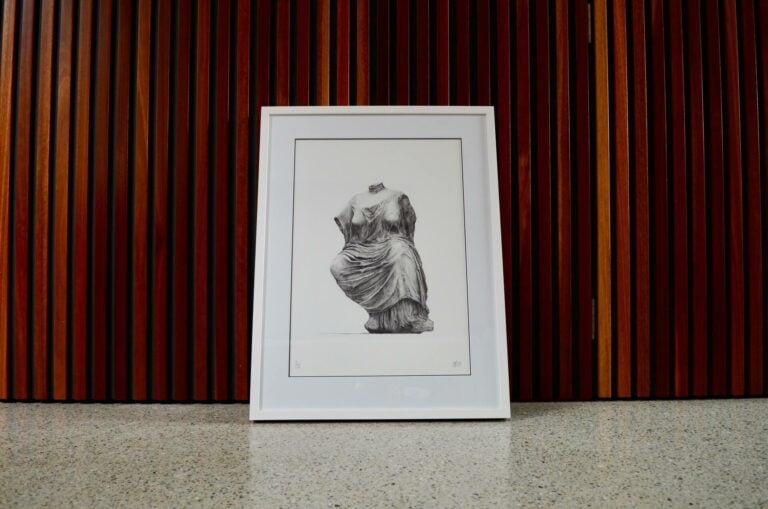
In the Antipodean Palette Art Exhibition, along with Dimitrs Antonopoulos, the Greek Australian Cultural League has included art by the famous Greek-Australian documentary photographer Effy Alexakis, Michael Winters, Australia’s most prominent Philhellene, Michael Christofas, Christine Denny, Konstantinia Gogou, Masonik, John Papailiou, Kalliroe Tsiatis, Tracey Yannopoulos, as well as works by Stella Tsirka and Christella Demetriou who have since passed away.
Where: Steps Gallery, 62 Lygon Street, Carlton
When: Official Opening on Saturday 5 August at 2.30pm.
Viewing times between 3-13 August
Week days: 10am – 4pm (closed on Monday)
Weekends: 11am – 3pm

